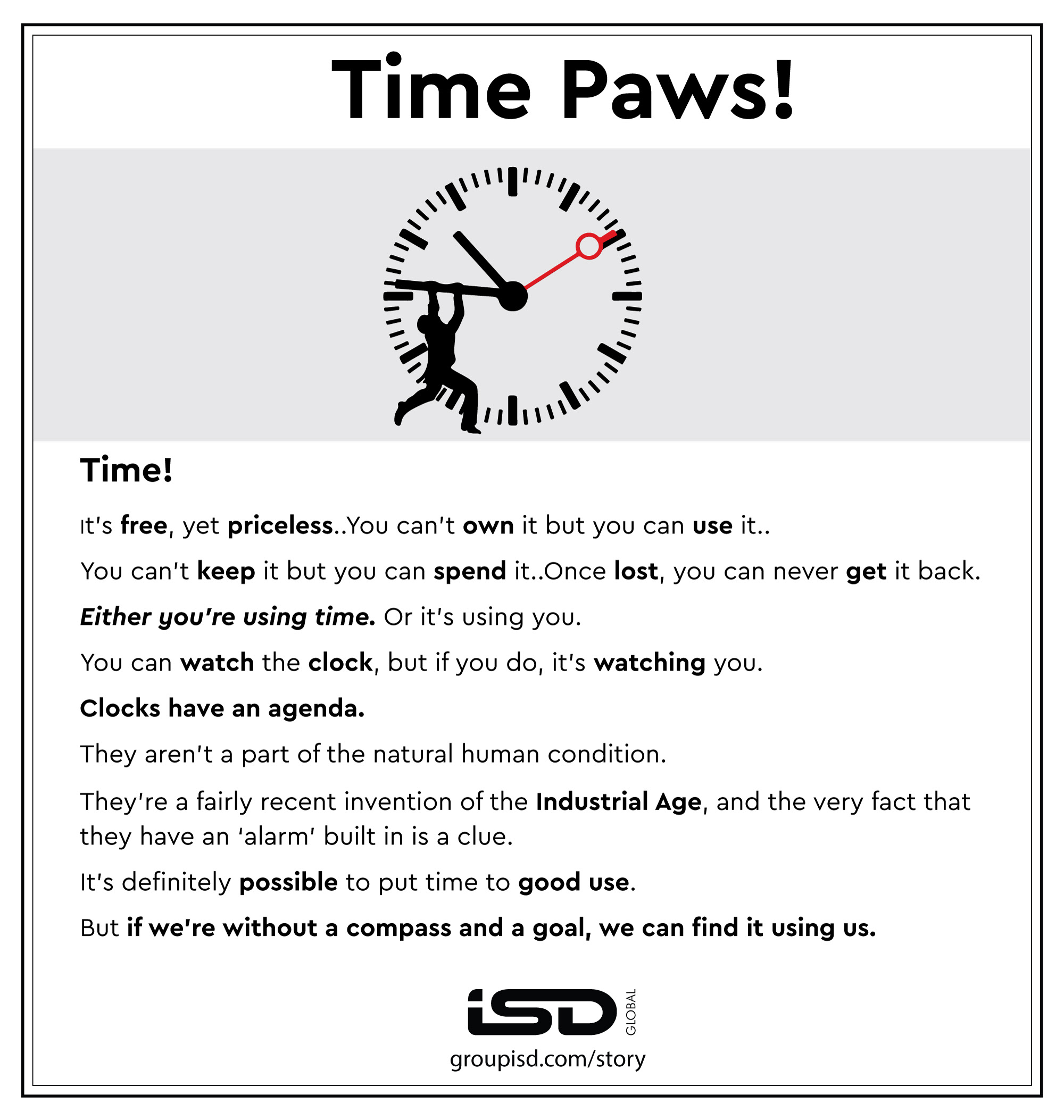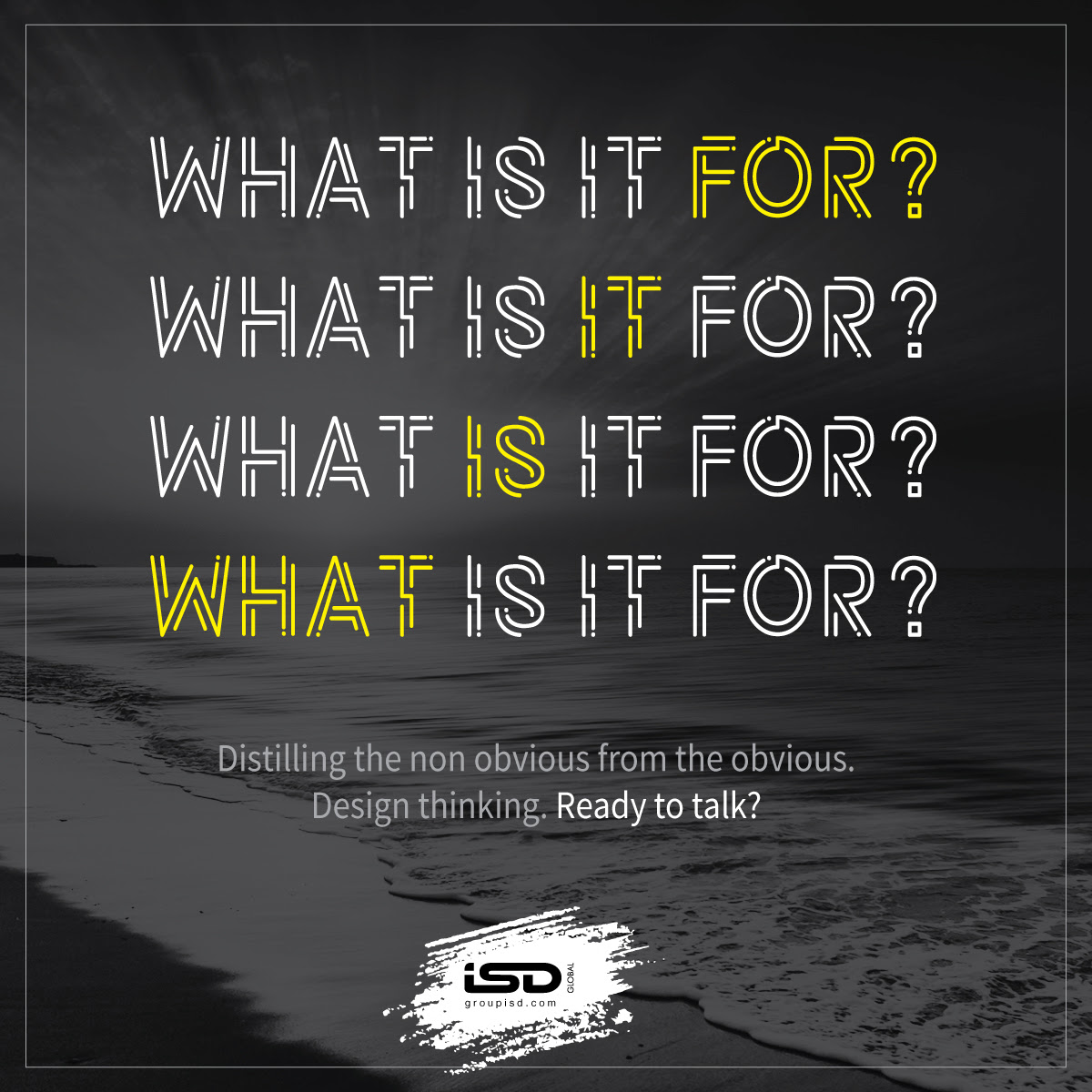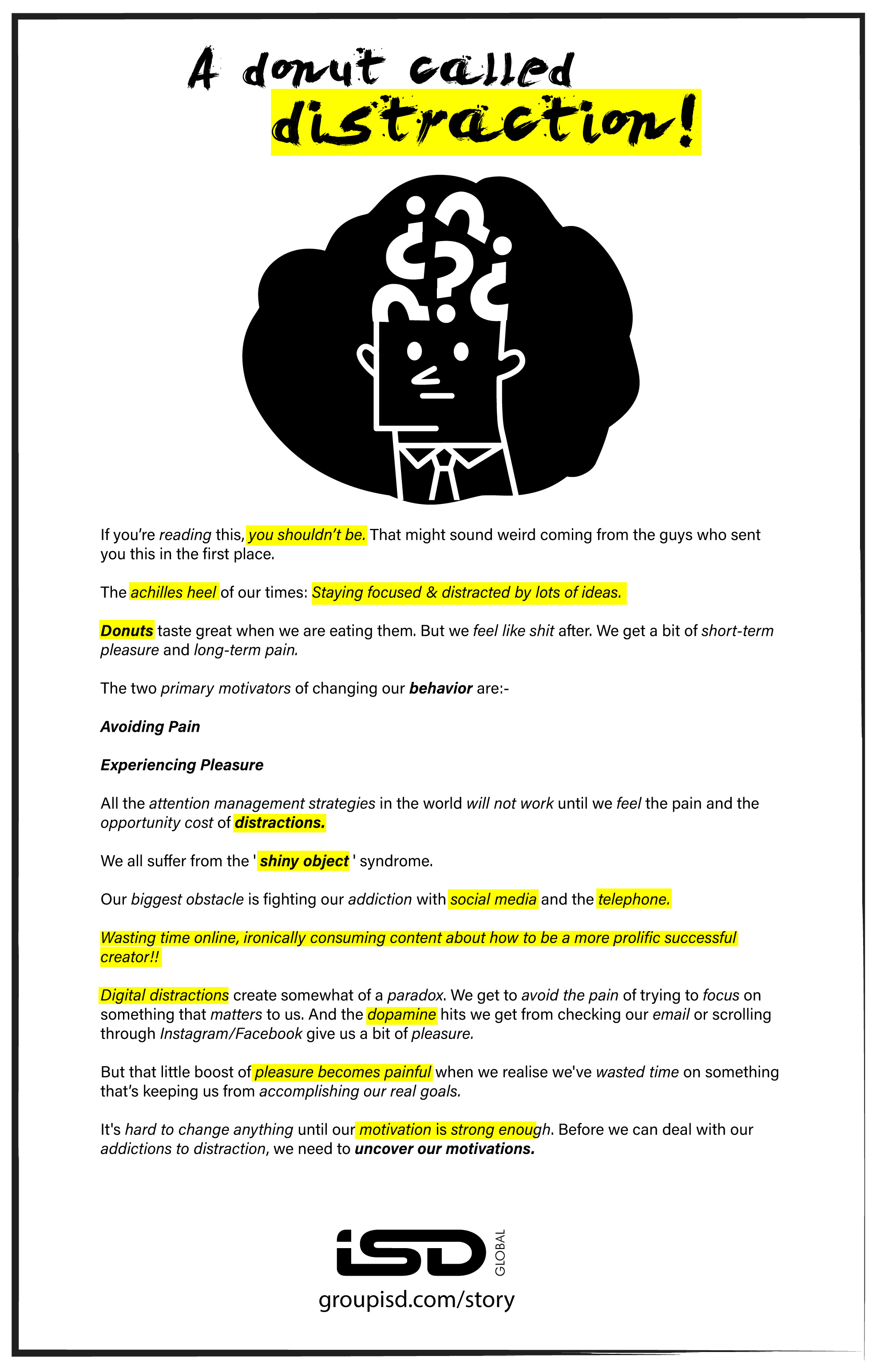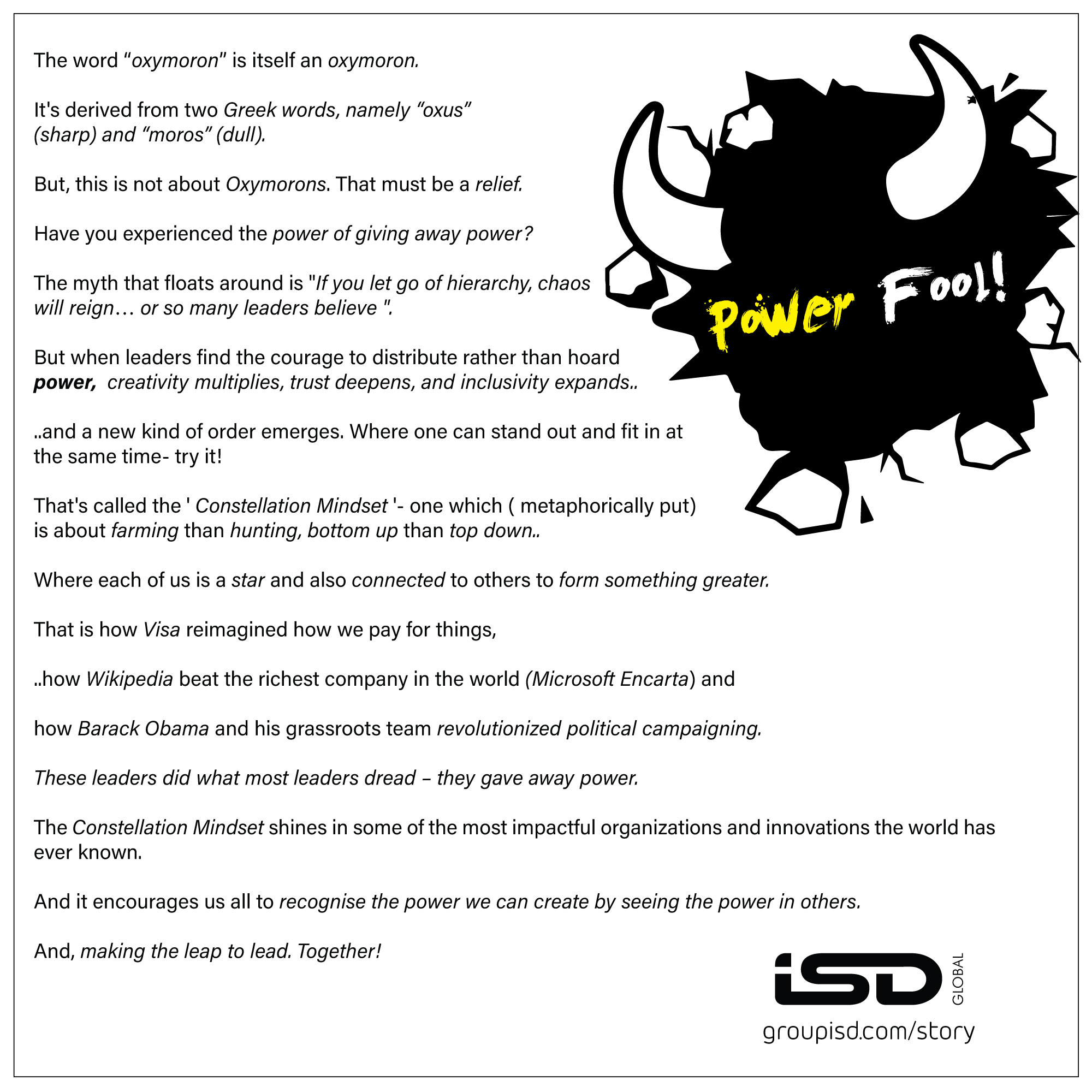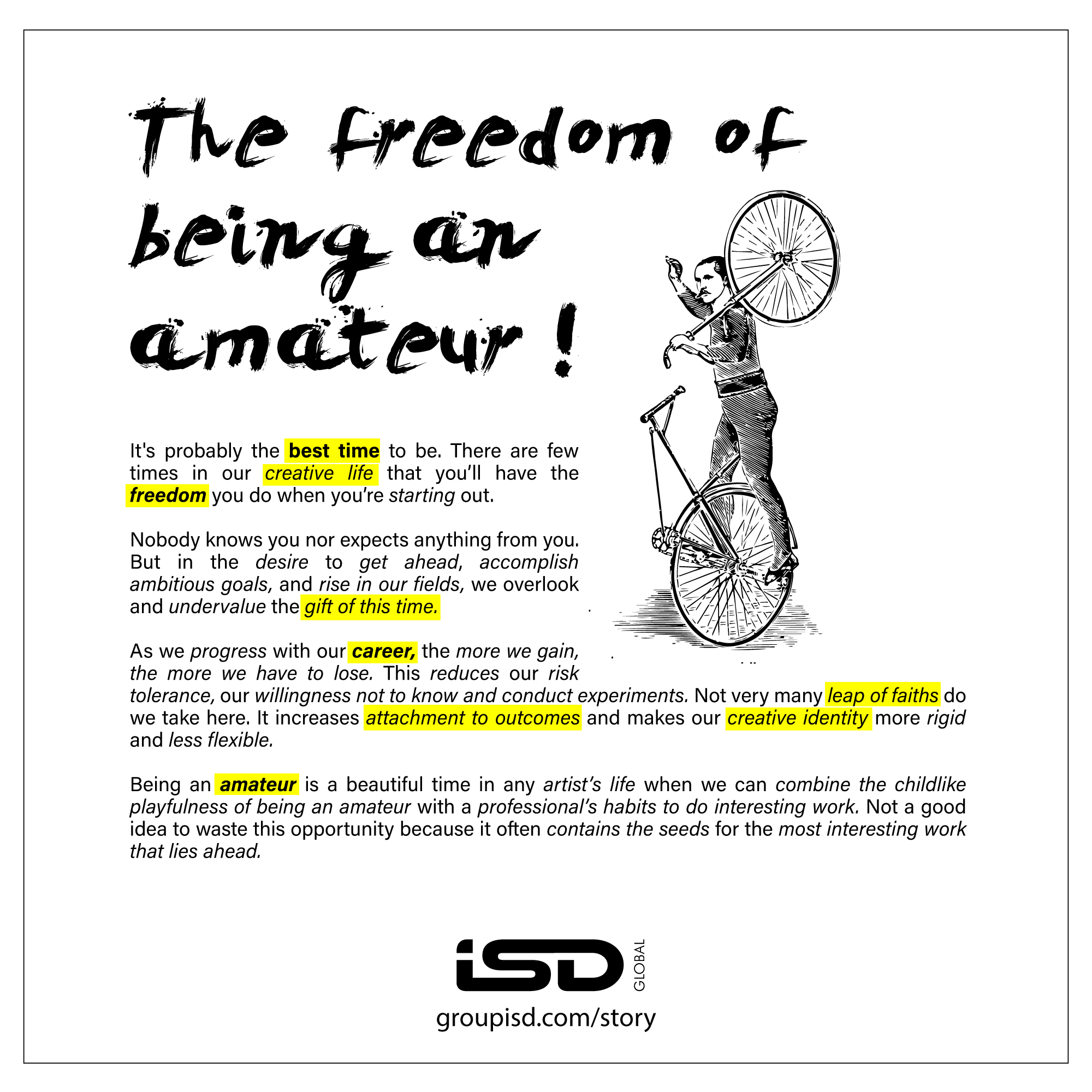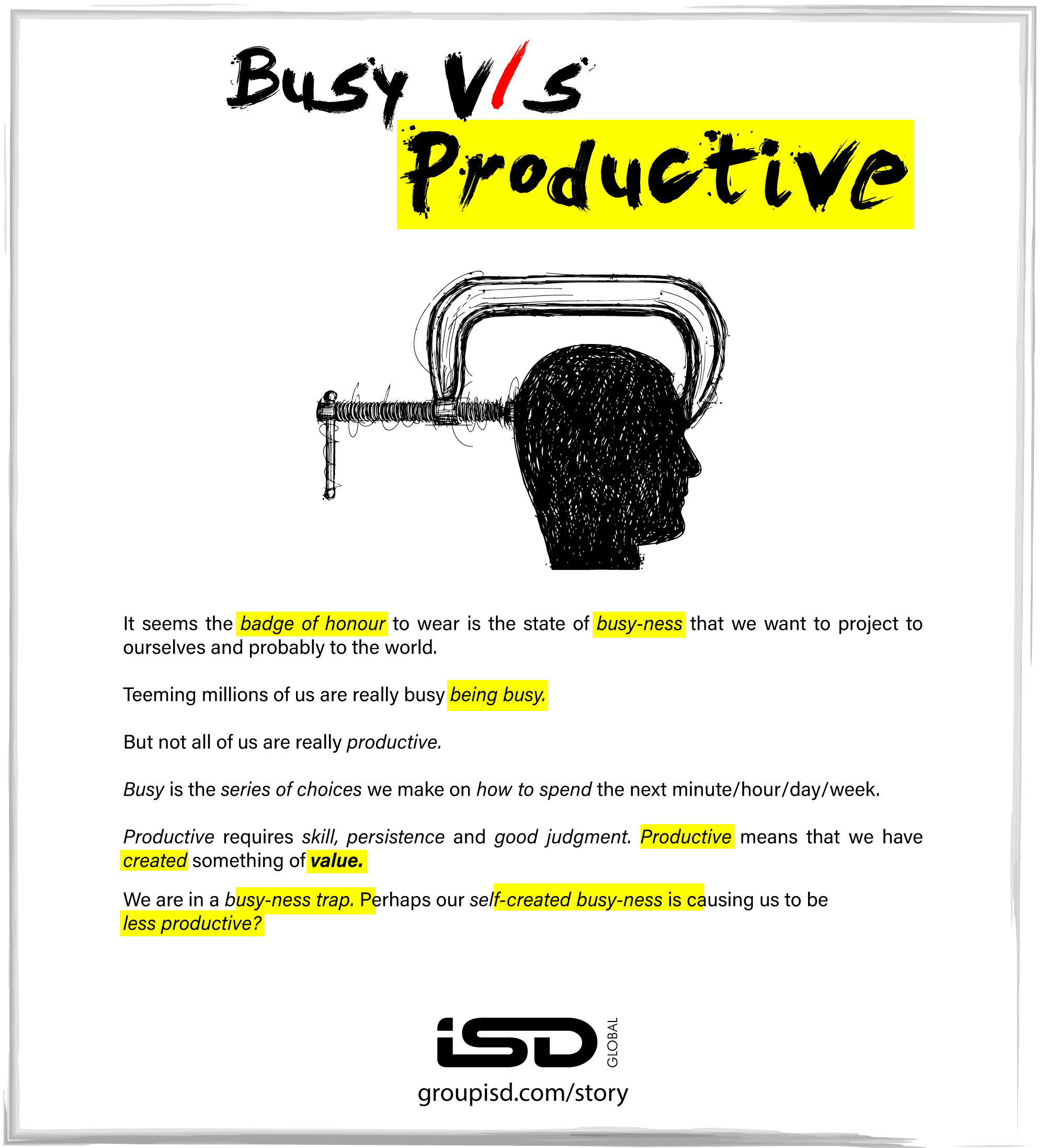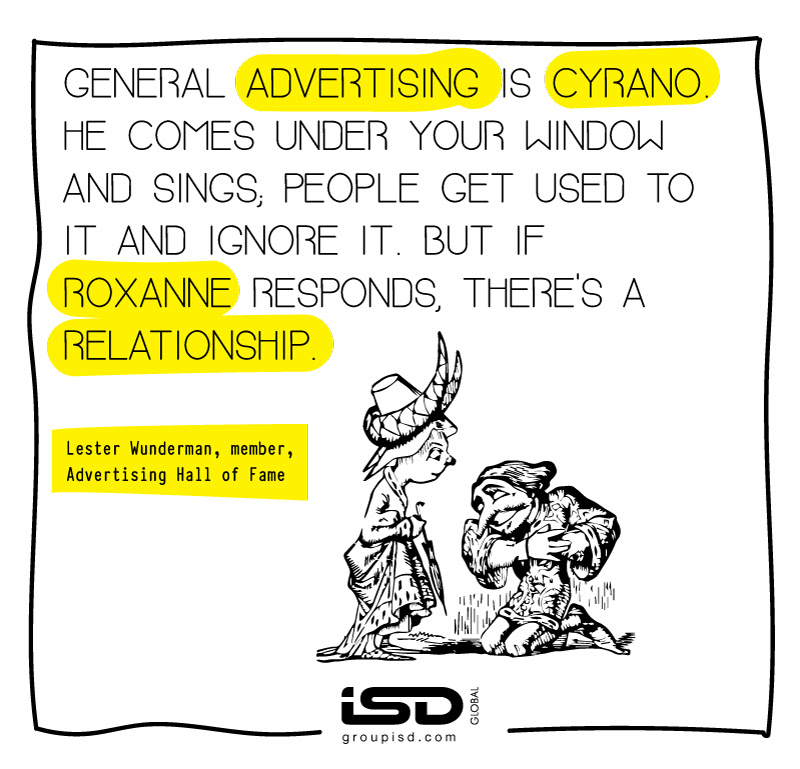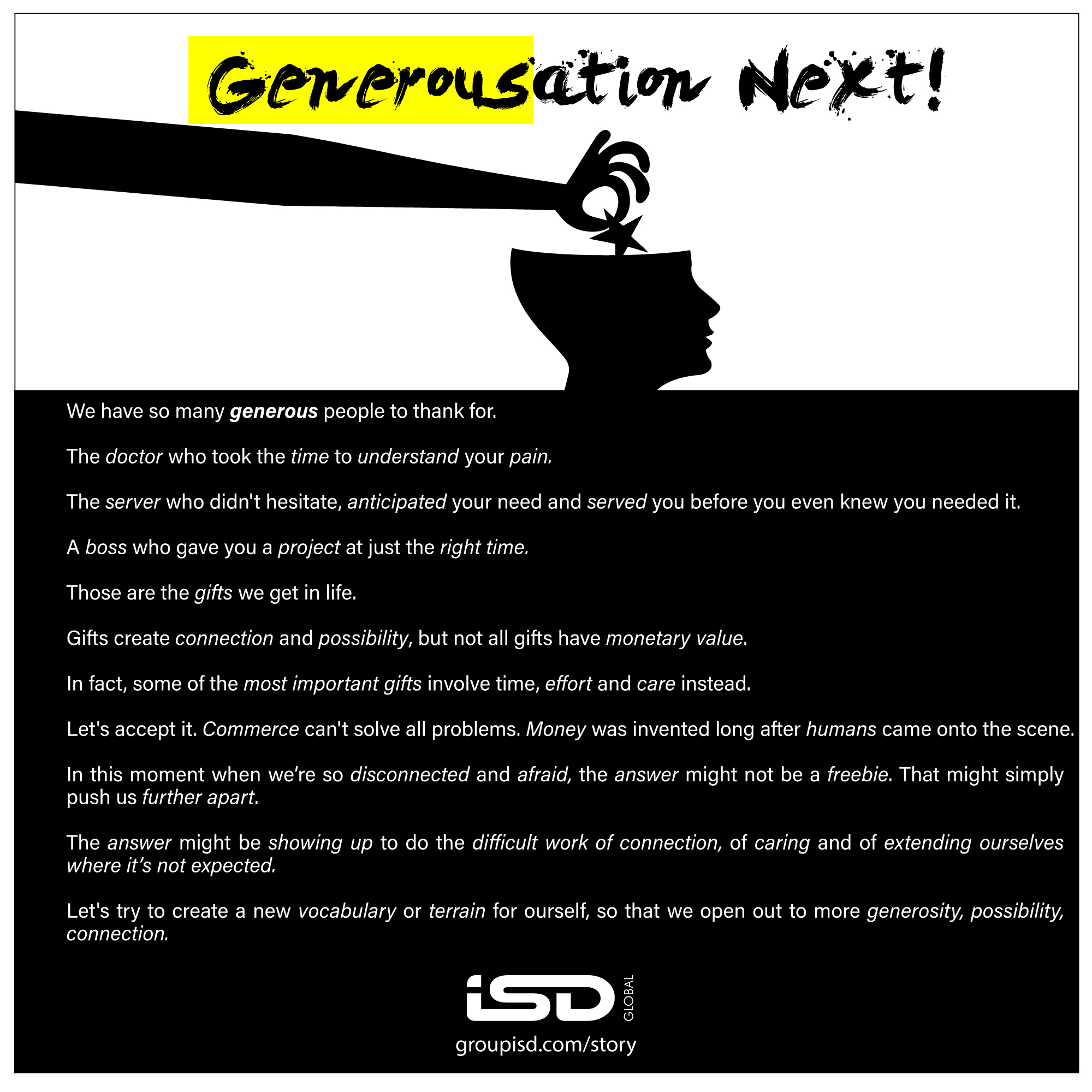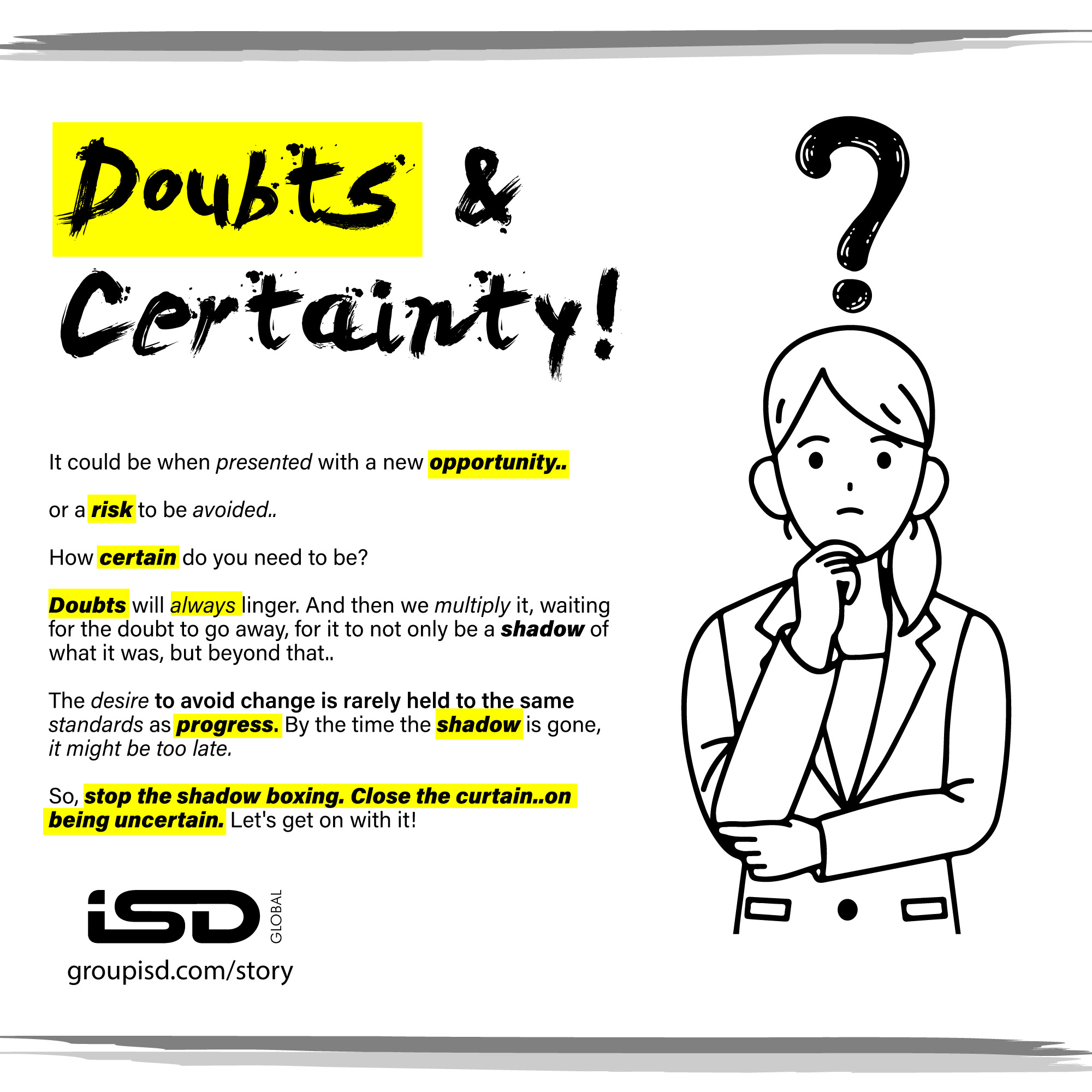One minute of advertising airtime during the Super Bowl telecast on CBS on the 11th of this month will come at a whopping US$14 Million. And there are scores of brands placing their bet on this 30 seconds or 1 minute to stake their claim in history.
A Super Bowl ad has been the gold standard for 40 years, ever since Lee Clow and Jay Chiat( of Chiat|Day ) did the original Mac ad. Directed by Ridley Scott. As a result of advertiser demand, the per-viewer cost of running an ad for this mass audience is actually more than it would cost to run targeted ads at only the people you actually want to reach. To simplify what I am saying, advertisers are paying far more extra to reach people who simply don’t care about your message nor expected to take action. Because the default is easy- there are loads going in that direction, as it is big, Super and easy- let me too be birds of the same feather.
In stark contrast, artists like Rihana or Michael Jackson or Katy Perry or Dr. Dre and Eminem and their ilk get 12 whole minutes to perform during the half time. For free.
Last year at the Super Bowl, Rihanna danced on a platform suspended high above the field at State Farm Stadium in Arizona.
It was her first live show in five years, and she moved effortlessly from hits like “We Found Love” to “Diamonds,” in a red leather corset and baggy flight-suit unzipped to emphasize what viewers suspected was a baby bump. (It was.)
Her savviest marketing move came halfway through her set, a moment that made clear why Rihanna couldn’t pass up putting on a free concert in the desert. (Super Bowl halftime performers don’t get paid as mentioned earlier).
As she prepared to sing the intro to “All of the Lights,” a dancer handed Rihanna a sleek white makeup compact. Huh? The pop star quickly blotted Invisimatte setting powder from her Fenty beauty line across her cheeks. You can catch a glimpse of this brilliant marketing coup here https://youtu.be/L2n5cpUbj-U?si=Xztyiyx5XsL4p8_V
The moment didn’t last five seconds, but the internet went nuts. AdWeek reported the performance earned Fenty $5.6m in media value over just the next 12 hours.
The Super Bowl’s primary premise and purpose would be to crown the top team in American football history( aside from propping up the Chicken Wing, chips and beer industry) but, that said, artists who perform at halftime are the biggest winners. In a fragmented cultural landscape, they’re granted the single-largest advertising stage in the world — for free.
But the half time shows do more than move albums and inflate streaming numbers. Last year, through her de facto commercial, Rihanna built on her reputation as a bona fide entrepreneur.
With so much clout at stake, the slot has become highly coveted. Even when greats like Michael Jackson transformed the Super Bowl halftime experience, not everyone enjoyed the show. It was claimed that his show blended in very well with the orgy of commercialism and commercials that was at the heart of the Super Bowl. No one was complaining especially Jackson as post his performance, sales of his Dangerous album (that he released two years earlier), from barely inside the Billboard Top 100 into the Top 10.
Eyeballs are a scarce resource now, if you want them in one place at the same time. The mass audiences that once flocked to television have fragmented because of streaming, YouTube, and TikTok.
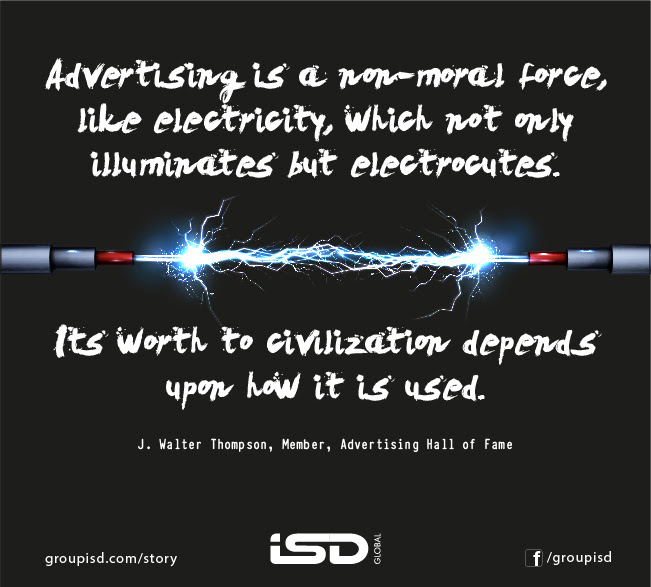
A few mass market brands can justify the results (read ROMI) of these ads. The ones who make beer, chips, chicken wings etc. Mass makes sense to those brands. For all the others on the ‘herd mentality‘ train, mass cannot be your ally. Mass by definition is average, or just about. Because the average person has no intent to act, sign up, change or spread the word. Mass is right in the thick and centre of it, in Red Ocean territory, whereas as a brand, the change that you are seeking to make will come from the edges.
Rita McGrath, Professor at Columbia Business School, Best Selling Author( with 5 books till date), a highly sought after Speaker, regular Columnist in HBR and one of the world’s top experts on innovation and growth and management thinker par excellence in her book ‘ Seeing Around Corners ‘ , talks about those inflection points before they happen. Her interview in BrandKnew can be accessed here.
Birds of the same feather is a trap, where others have already decided where they are going and you hop onto the ride though your direction is totally somewhere else. What are you looking for? Noise or signal?
